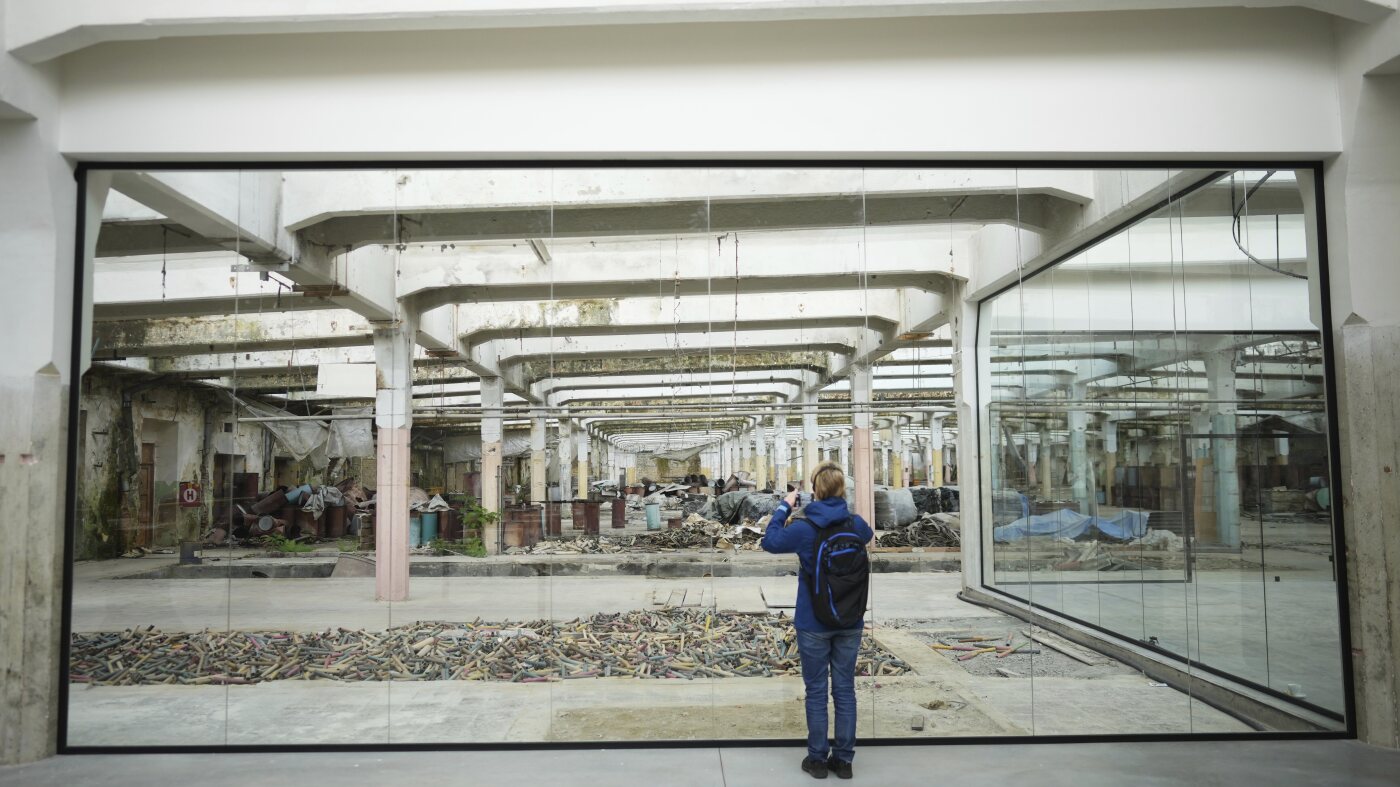The Revival of a Historic Site
Nestled in the tranquil town of Brněnec, Czech Republic, a silent witness to World War II’s horrors is finding new life. A once-abandoned industrial site, where Oskar Schindler’s bravery saved 1,200 Jewish lives, has been reborn as a museum. This revival is more than just a physical restoration; it is a resurrection of a story that embodies resilience, courage, and the intricate complexities of human nature.
A Glimpse into the Past
To understand the significance of this revival, one must delve into the historical context of the site. The story begins in 1938 when the Nazis seized a textile factory from its Jewish owners. This factory was later converted into a concentration camp, a grim testament to the atrocities committed during the Holocaust. However, amidst this darkness, a flicker of hope emerged in the form of Oskar Schindler.
Oskar Schindler: A Complex Hero
Schindler, a member of the Nazi Party and German military intelligence, orchestrated one of the most remarkable acts of defiance and humanity during the Holocaust. He moved about 1,200 workers from his enamelling plant in Poland to this factory, effectively saving their lives. His actions, while heroic, are also shrouded in controversy. His membership in the Nazi Party and his intelligence work add layers of complexity to his legacy, making his story a tapestry of contradictions.
The Museum of Survivors: A Beacon of Remembrance
The Museum of Survivors, as it is now known, opened its doors to the public on May 10, 2025. This date was chosen to coincide with the 80th anniversary of the end of World War II, a poignant reminder of the past and a call to reflect on the lessons it holds for the future. The museum is more than just a collection of artifacts; it is a living, breathing tribute to the survivors and a stark reminder of the atrocities committed during the Holocaust.
An Educational Hub
The museum serves as an educational hub, offering visitors a glimpse into the past while fostering a deeper understanding of the present. It is a place where history comes alive, where the echoes of the past resonate in the hearts of those who walk through its doors. The museum’s exhibits are designed to be immersive, to transport visitors back in time, and to make them witnesses to the events that unfolded within these very walls.
A Symbol of Hope and Resilience
The museum’s opening is a testament to the enduring power of memory and the importance of preserving history. It stands as a symbol of hope and resilience, a beacon of light in a dark chapter of human history. The museum not only honors the survivors but also serves as a reminder of the dangers of hatred and intolerance. It encourages visitors to reflect on the past and consider the lessons it holds for the future.
Navigating the Complexities of Schindler’s Legacy
Oskar Schindler’s legacy is a complex one. While he is celebrated for saving 1,200 Jews, his membership in the Nazi Party and his intelligence work with the German military add layers of complexity to his story. This duality is reflected in the museum, which aims to present a balanced view of Schindler’s actions and their impact on the lives of those he saved.
The Controversy Unveiled
The museum does not shy away from the controversy surrounding Schindler. Instead, it embraces it, using it as an opportunity to delve deeper into the complexities of human nature. The exhibits explore the nuances of Schindler’s actions, presenting a balanced view that acknowledges both his heroism and his flaws. This approach allows visitors to form their own opinions, to grapple with the complexities of Schindler’s legacy, and to draw their own conclusions.
The Future of the Museum
The Museum of Survivors is more than just a historical site; it is a living testament to the power of remembrance and the importance of preserving history. It serves as a reminder of the atrocities committed during the Holocaust and the resilience of those who survived. The museum’s future lies in its ability to continue to educate and inspire future generations, ensuring that the lessons of the past are not forgotten.
A Call to Action
The museum is not just a place to learn about the past; it is a call to action. It challenges visitors to reflect on the lessons of the past and to consider how they can be applied to the present. The museum encourages visitors to stand up against hatred and intolerance, to promote understanding and tolerance, and to work towards a future where such atrocities never happen again.
Conclusion: A Legacy of Remembrance
The Museum of Survivors in Brněnec, Czech Republic, is a poignant reminder of the past and a beacon of hope for the future. It stands as a testament to the power of remembrance and the importance of preserving history. The museum’s opening is a significant milestone in the ongoing effort to honor the survivors of the Holocaust and to ensure that their stories are never forgotten. It serves as a reminder of the dangers of hatred and intolerance and encourages visitors to reflect on the past and consider the lessons it holds for the future. The Museum of Survivors is more than just a historical site; it is a living testament to the power of remembrance and the importance of preserving history. It is a call to action, a challenge to stand up against hatred and intolerance, and a beacon of hope for a better future.







